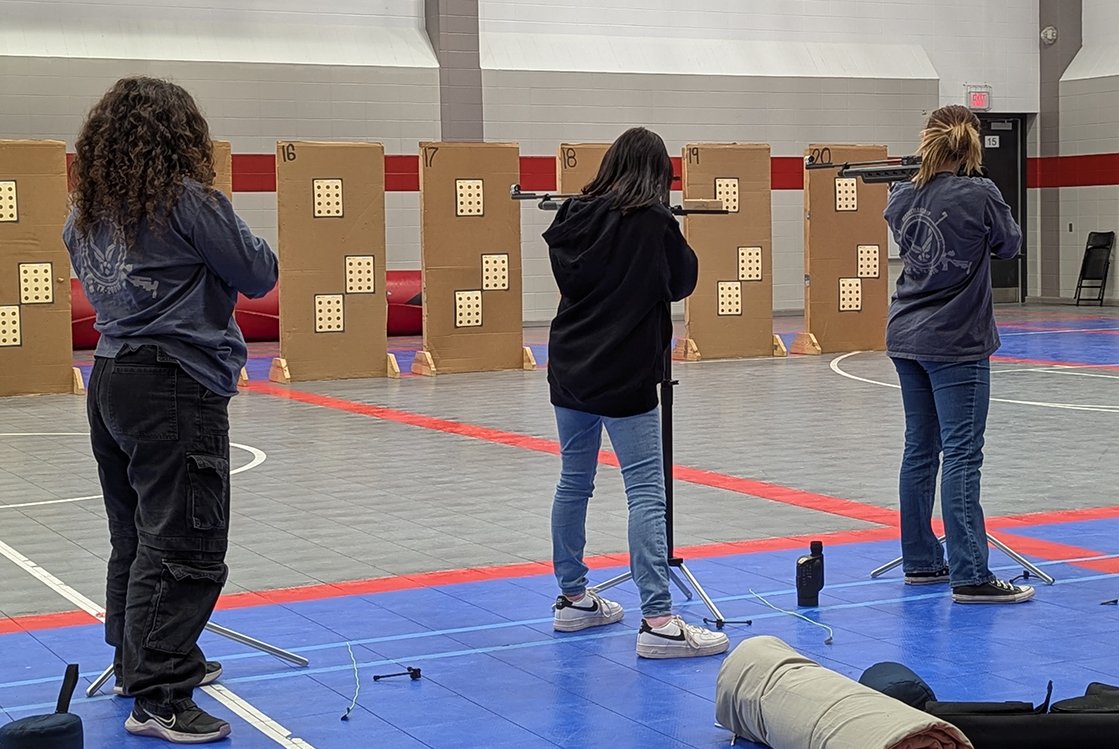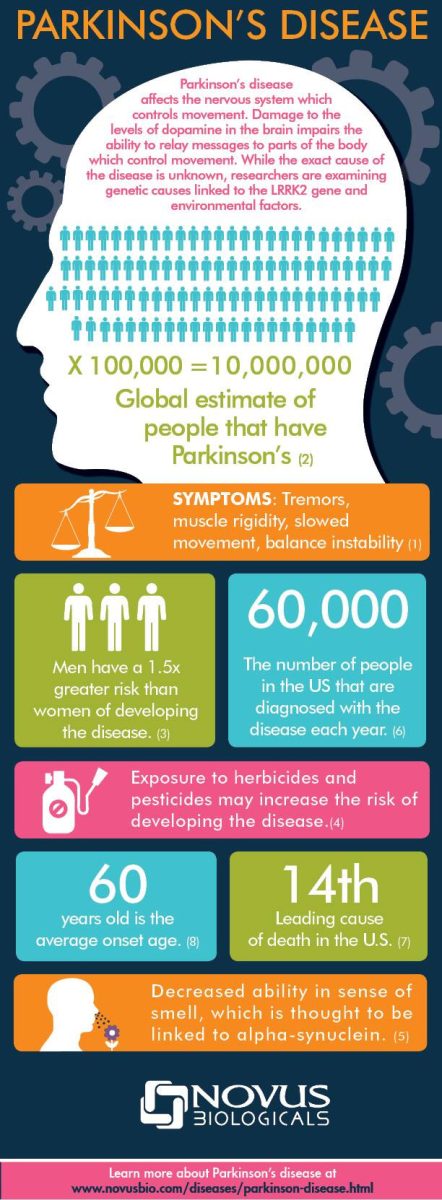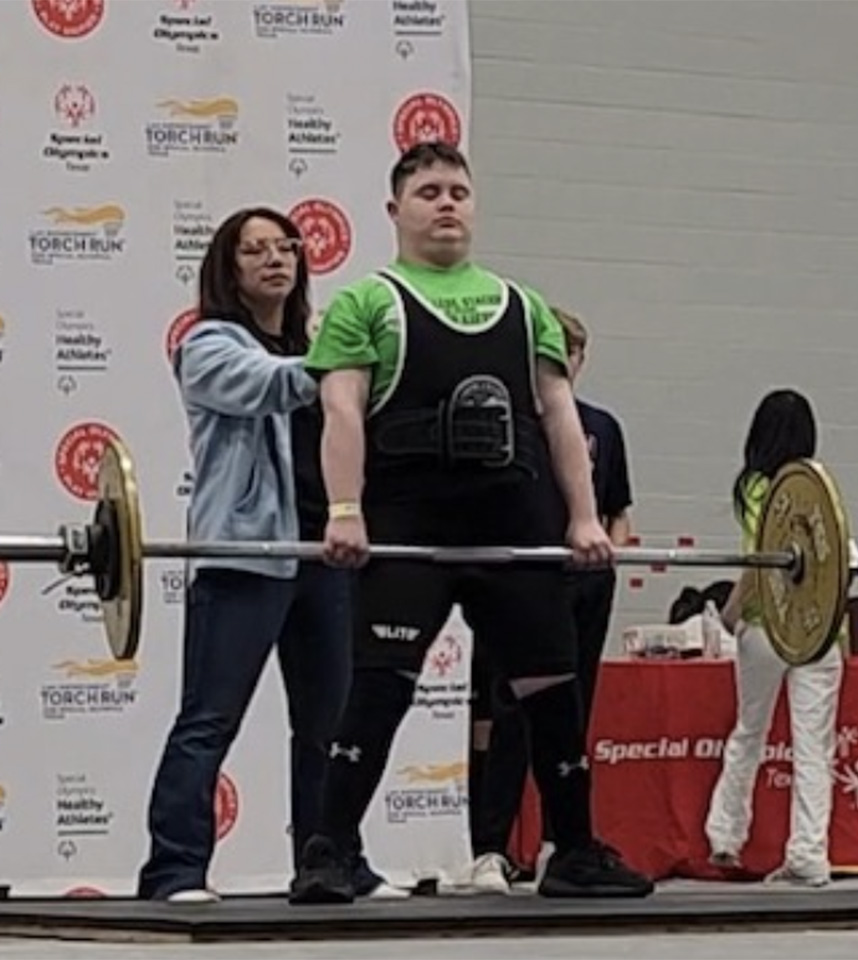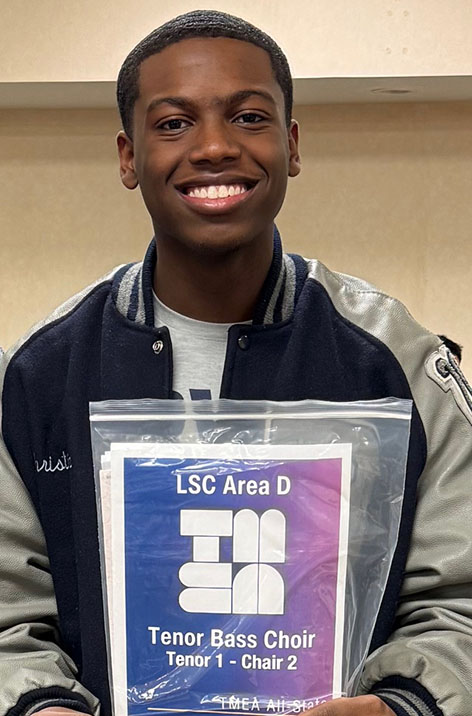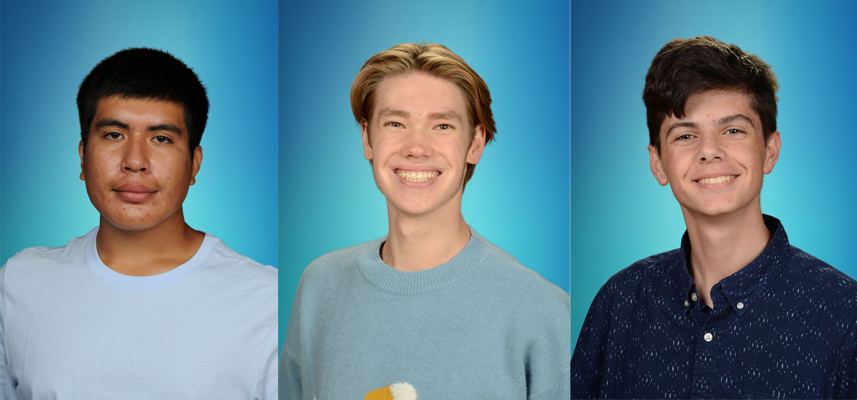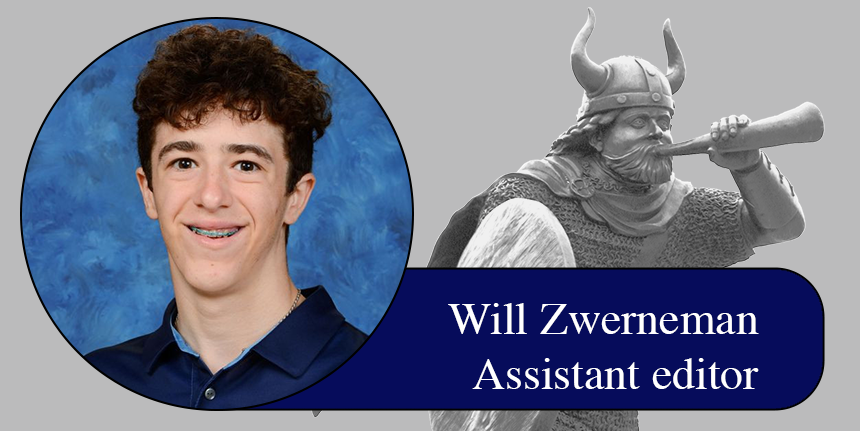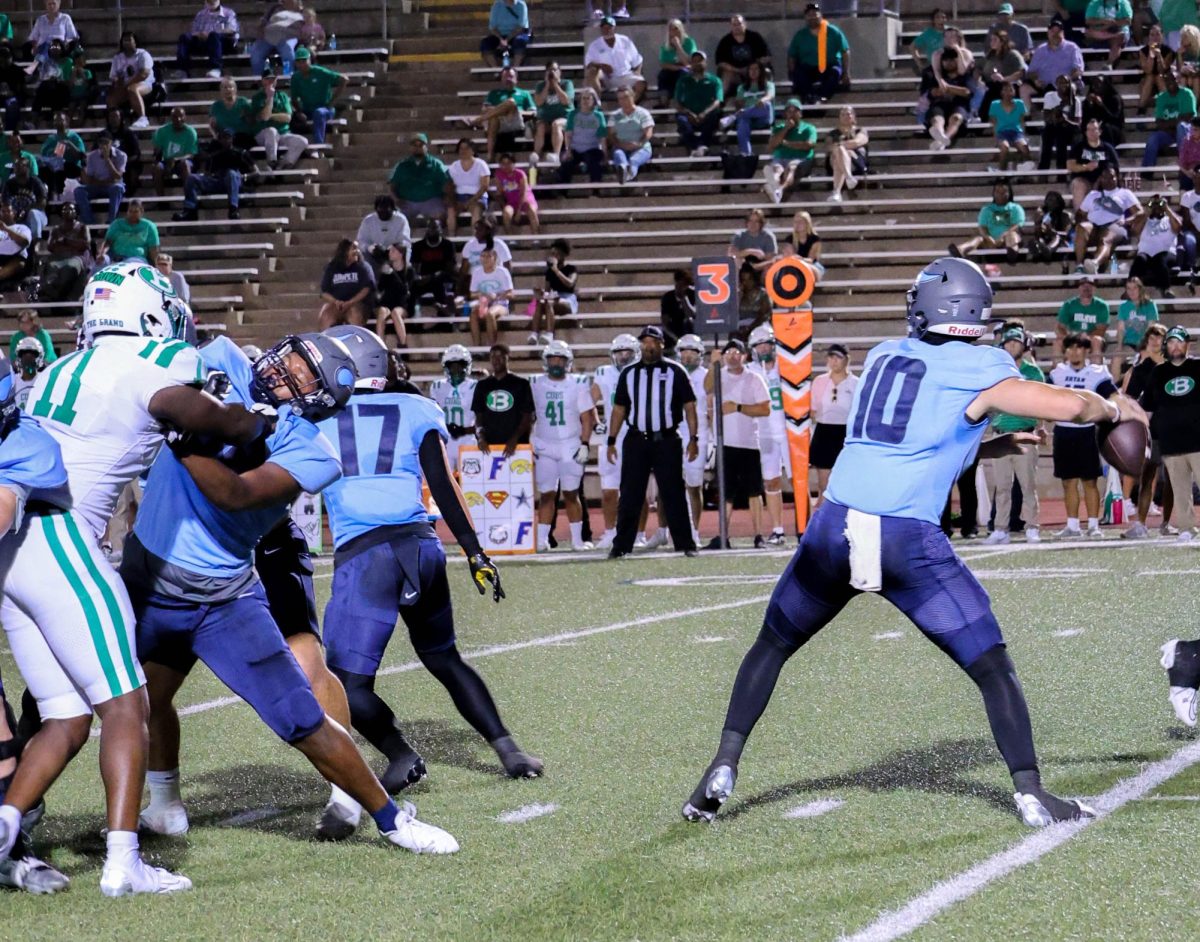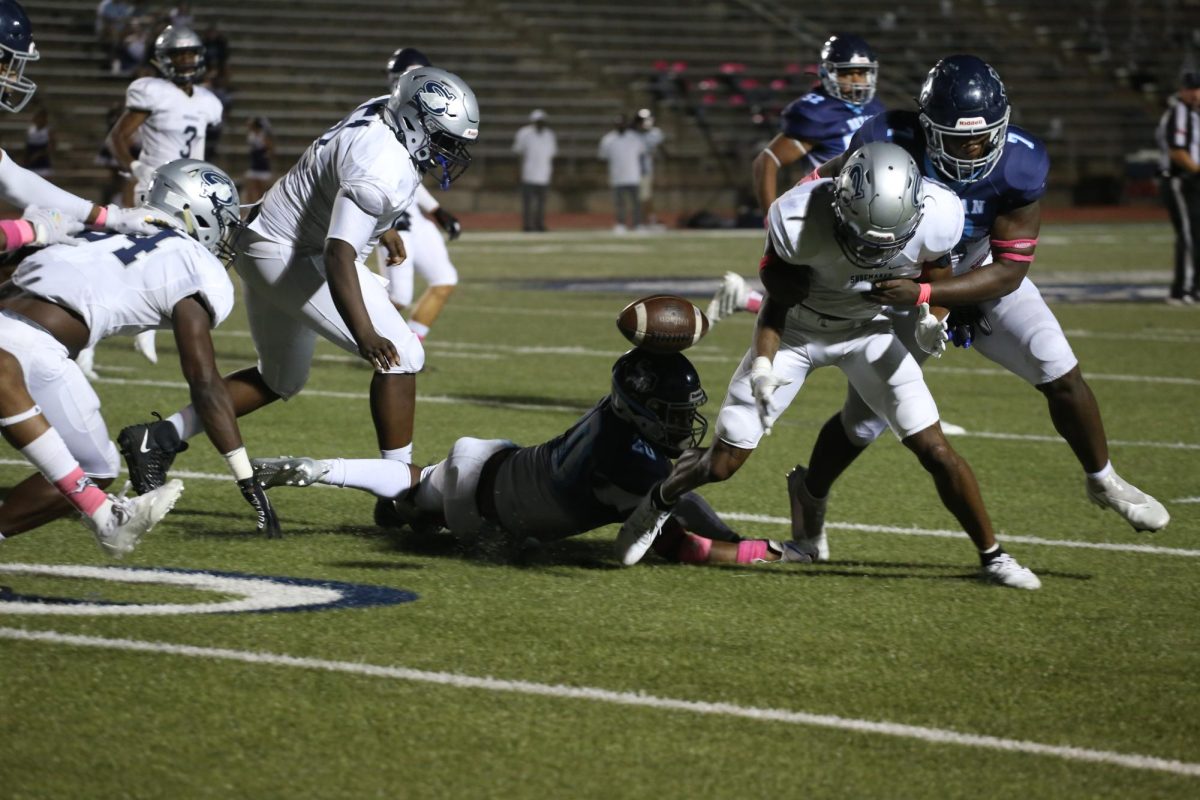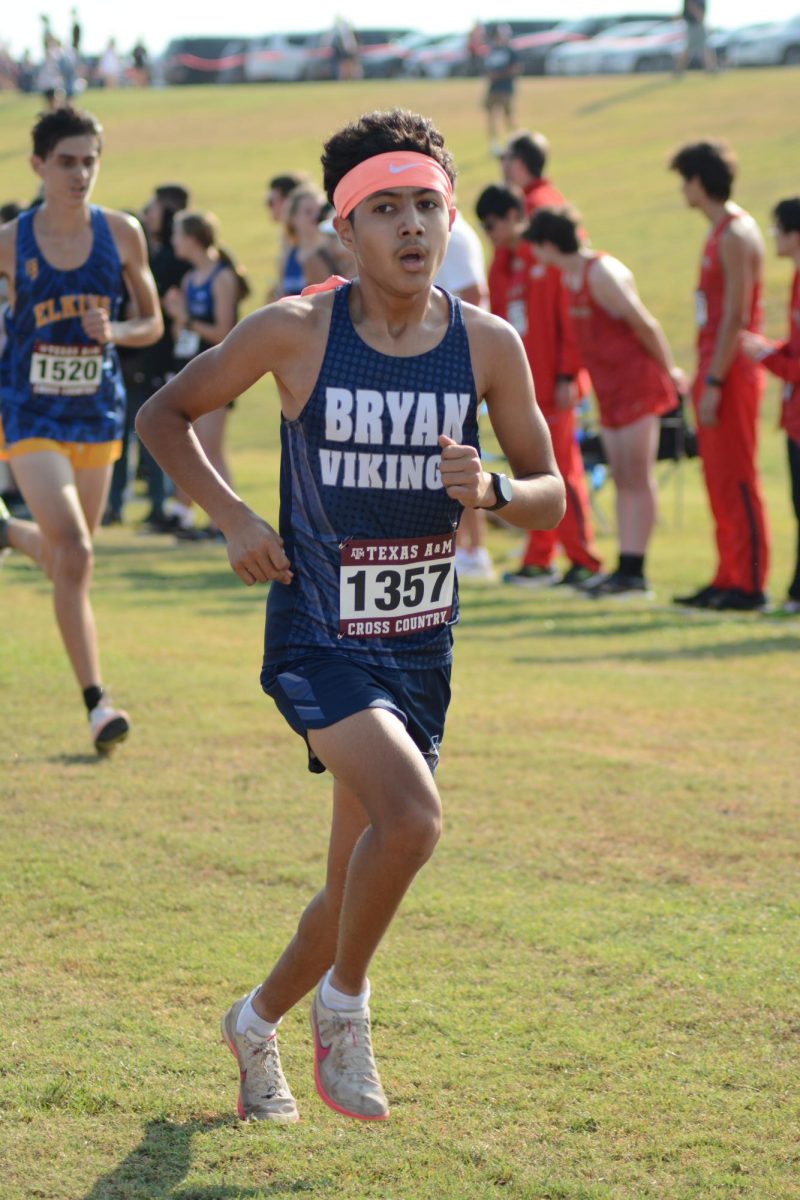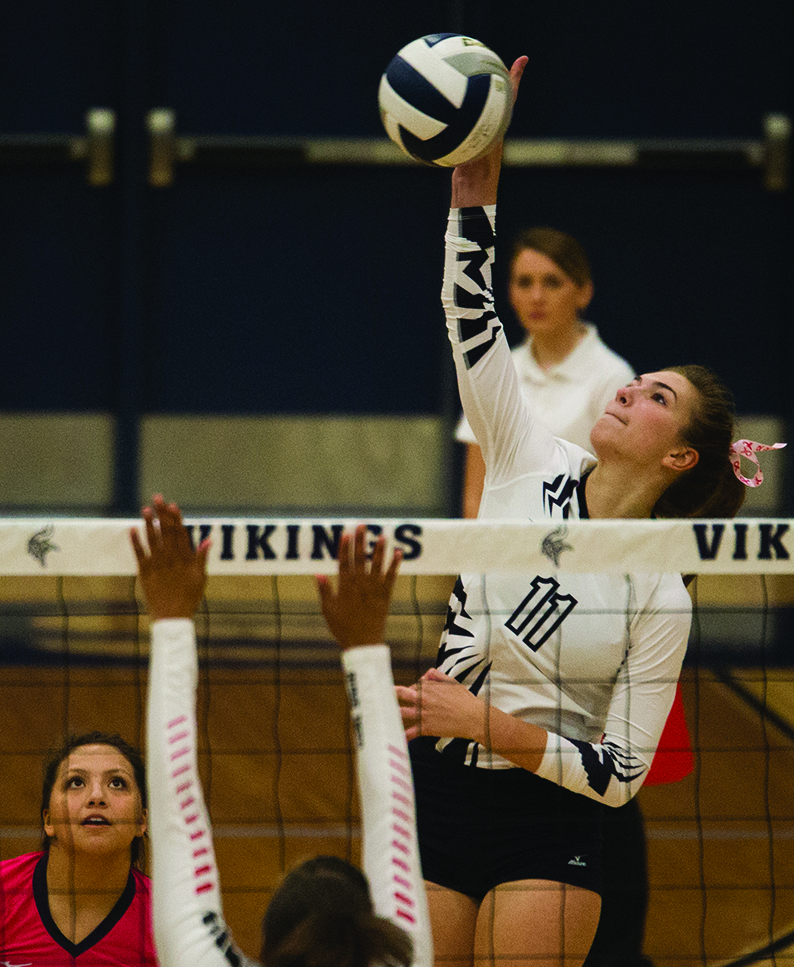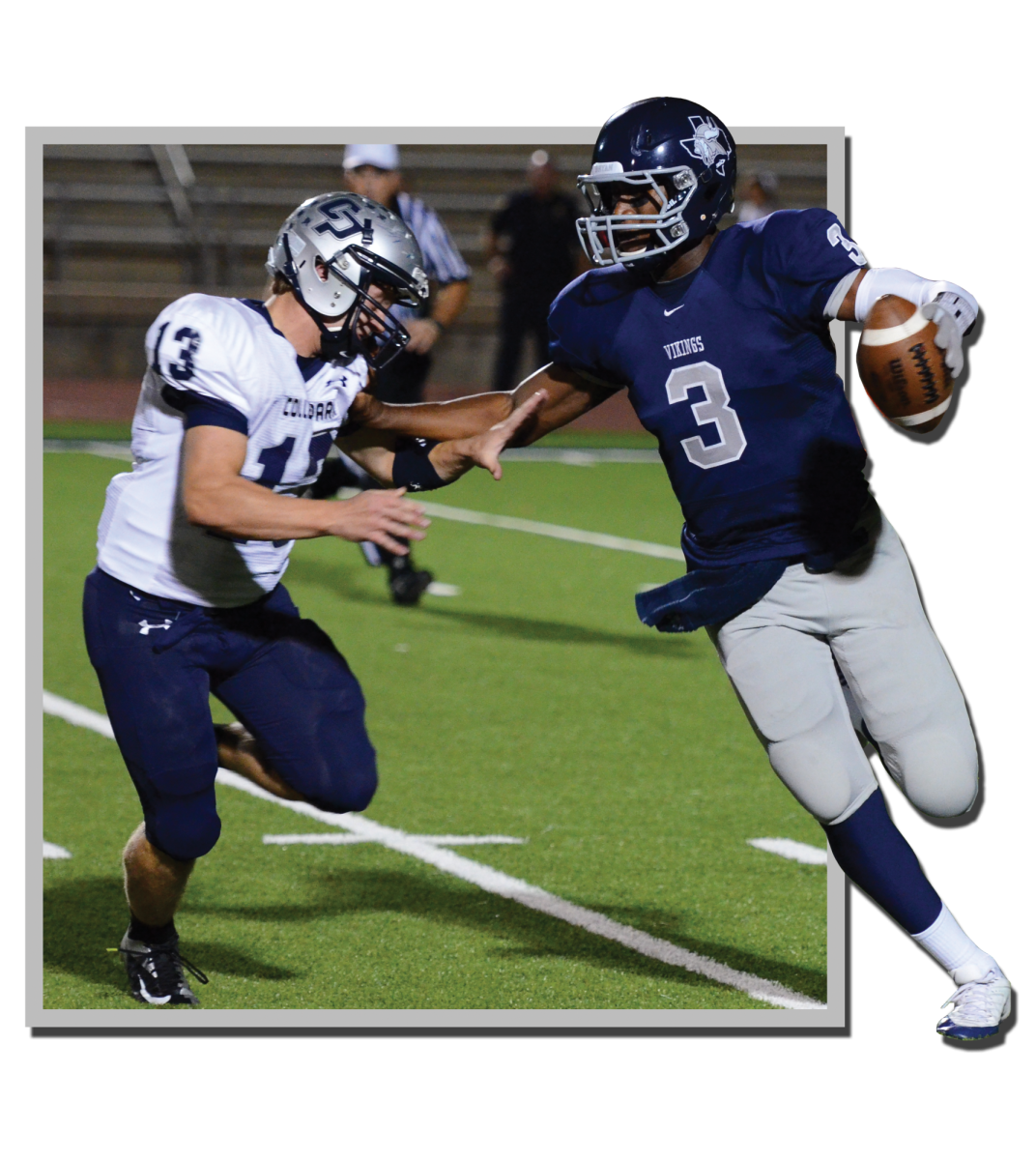Under the blinding lights of Friday nights and a roaring crowd that pushes players to get the next first down even when they’re at their wits end, the sound of helmets cracking resounds underneath bone-crushing tackles. This is an exciting aspect of the game that thrills fans, but the players sometimes struggle to stand after the dogpile disperses.
Athletes think about their techniques, strategies, and execution of plays, but many do not think about the chances of getting injured in the heat of the game.
Students who play contact sports are at risk of getting a concussion: a temporary brain injury that occurs when the head or upper-body is shaken violently. Concussions cause problems with concentration, memory, balance, and coordination, which makes this injury highly problematic for high school students.
“Twelve to thirteen years ago, concussions weren’t considered a major injury nationally,” athletic trainer Josh Woodall said. “If someone had an impact that could have caused a concussion, then the person was held aside and monitored. If their symptoms improved in 15-30 minutes, it was determined that they didn’t have a concussion and they were allowed to go back out on the field.”
For the past 13 years, Woodall has worked on the field to help students who are injured. Since his first day on the job, there have been major improvements to how concussions are initially handled during a game.
“We viewed concussions a lot differently than we do now,” Woodall said. “There’s been a lot of research and scientific evidence to show that, even if symptoms don’t resolve in that short amount of time, there’s still an underlying injury to the brain and needs to be treated appropriately.”
Due to the advancements in evidence regarding concussions, the state of Texas has taken measures to ensure that athletes are effectively cared for before they continue playing.
“Several years ago, a law was passed that mandates that any student who suffers from a concussion must go through a return-to-play process before they’re allowed to go back to contact activities,” Woodall said. “At Bryan High, we’ve had a return-to-play policy for the last 10 years or more, so it didn’t change much for us. However, that law put everyone in the state on an even playing field.”
Students that have experienced concussions and undergone the return-to-play process understand the severity of concussions and are taking precautions to help prevent another from occurring.
“The return-to-play process wasn’t too hard, it was just long,” junior football player Garrett Dohnalik said. “Now, I’m leaning more with my shoulder pads than with my helmet when I tackle to help prevent concussions.”
With the constant research that is conducted regarding concussions and rapid changes in technology, concussion detection significantly changes over the course of several playing seasons. These changes push the school district to observe the accuracy of their equipment to make sure they do not become obsolete.
“From a preventative standpoint, we make sure that all of our equipment is the best that’s on the market and that they’re always kept up-to-date,” Woodall said. “That helps to prevent not only concussions, but any injury.”
Paired with the technology, the athletic department takes several measures to keep track of their students’ progress and make sure that they are cared for accordingly.
“We try to keep baselines testing on file for all of our athletes that participate in high-risk sports,” Woodall said. “Our test measures not only what their concussion symptoms are like on a normal day, but they help us look at someone who we suspect may have a concussion by diagnosing whether or not they may have a negative effect and ensure that they have healed from that concussion and returned to their baseline levels before we get them back out in contact activities again.”
Football, soccer, and basketball have some of the highest concussion rates on campus. These sports are popular not only at the high school level, but professionally as well, and the trainers in the district are able to meet with several professional-level trainers to learn about different methods used to prevent and detect concussions.
“We go to professional conferences every year and I’ve had the privilege of working with college and university athletic trainers and professional athletic trainers in various sports,” Woodall said. “That has really helped us because it gives us somebody else to bounce ideas off of or discuss different protocols and approaches to recovery.”
Athletic trainers know the intensity of concussions and, although no two concussions are the same, those who are responsible for diagnosis and rehabilitation work together to help raise awareness about this injury and follow similar protocols.
“When we talk about concussions, there’s a common misconception that concussions can all be handled the same way, but that’s just not true,” Woodall said. “We have to constantly work together to determine the appropriate way to manage concussions across the board and within those specific groups.”

